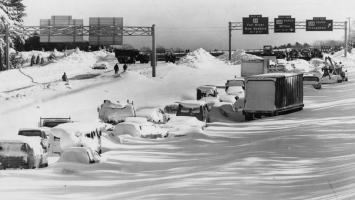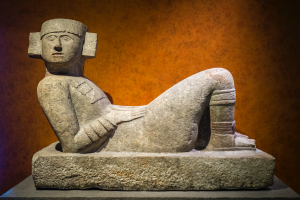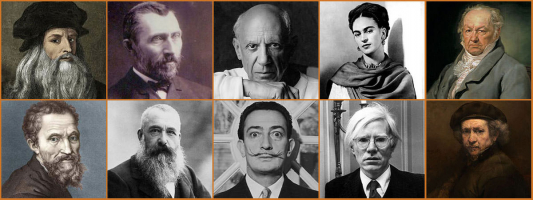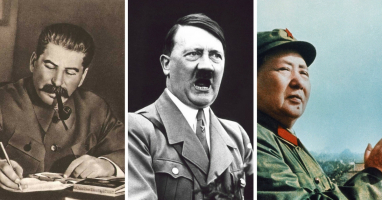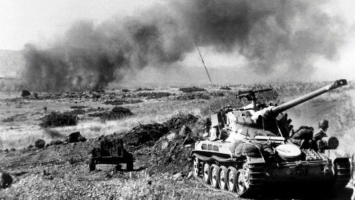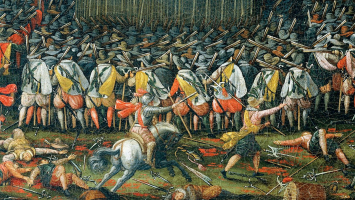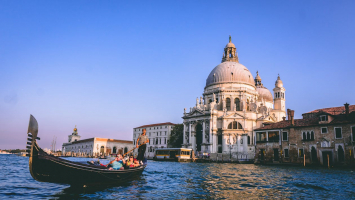Top 10 Worst Years in Human History
Picking the worst years throughout human history is no easy task, as most of it has been undocumented and full of spectacularly bad years. Here is a list of ... read more...top 10 Worst Years in Human History that you should not miss.
-
There's a reason the Black Death appears on practically every ranking of the world's worst events. Aside from the sheer quantity of human misery witnessed by those who survived the tragedy, the impact for the future was enormous. The pandemic shaped the modern world as people know it in numerous ways.
The Black Death, caused by the bubonic plague, which had previously killed millions and thrown huge regions of Europe into turmoil in the 6th century as the Justinian Plague, reappeared in Europe in 1348. While its origins on the continent are unknown, some research argues that it arrived by purposeful biological warfare launched by the Mongols during the Siege of Caffa in 1346, resulting in the outbreak of plague in 1347.
While people may never know for certain, they do know that the plague had a devastating impact on the European population. According to some estimates, it killed approximately 50 million people, or around 60 percent of the continent's population at the time. That doesn't imply it was limited to Europe; there have been stories of the sickness decimating entire villages and towns in eastern countries such as Persia and China as well. However, due to the Mongol conquests that were raging across practically the whole continent of Asia and the Middle East at the time, documents from that era are sparse and mainly untrustworthy.
While the outbreak peaked at approximately six years, it wasn't totally over for many centuries, with isolated-yet-horrifying episodes of resurgence reported across Europe as late as the 17th century. The pandemic had a far-reaching impact on the continent's politics and social order, some of which may even be considered 'good' in retrospect. However, for those who observed it firsthand, it was one of, if not the, worst times in human history.
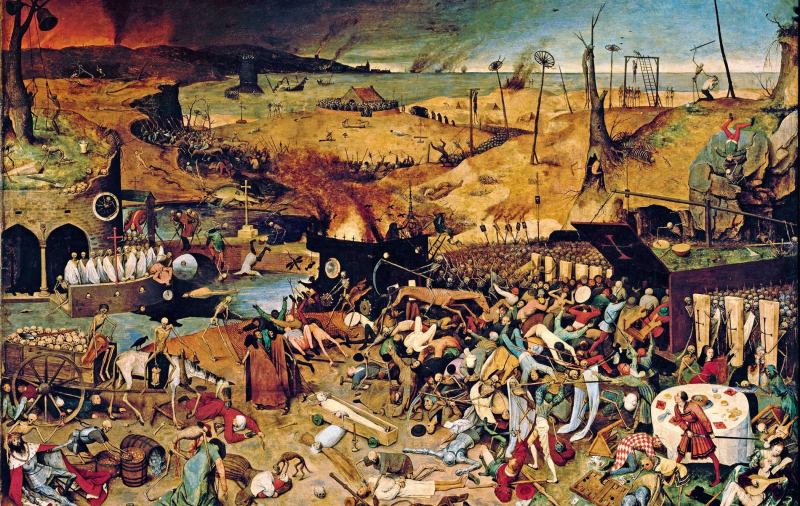
nationalgeographic.co.uk -
The advent of Europeans in the Americas is widely described as one of the most disastrous events for the continent's people, and properly so, too. However, most of them are unaware of the staggering amounts involved, as most estimates are clearly overstated or understated, making them all difficult to believe.
However, according to a recent study that quantifies the magnitude of the disaster, the year 1492 - when Christopher Columbus first landed somewhere in the Caribbean and set the path for the colonization of the Americas - marked the beginning of one of the worst periods for humanity. The study, conducted by experts at the University of London in 2019, compiled all available records of the continents' pre-Columbian population and discovered it to be close to 60 million people.
By the early 17th century, that number had been reduced by around 56 million, as the entire region had been devastated by decades of war, diseases against which they had no immunity - such as smallpox, the bubonic plague, and influenza - and a reduction in arable land due to foreign invasion, as the majority of the population still relied on farming for sustenance. This was the single largest fall in human population in history, since it accounted for approximately to 10% of all individuals living on the planet at the time. In comparison, the world's population was decreased by 3% during the second most catastrophic catastrophe, the Second World War, which was one of the worst disasters they've ever faced.
The total annihilation of the native American population had such a large impact that it even altered worldwide weather patterns. As the number of people working on farms was reduced by such a massive extent and all of that area was soon reclaimed by nature - combined with the above-mentioned eruption of Huaynaputina in Peru - it caused a dip in temperatures around the world by the beginning of the 17th century, causing famines, disease outbreaks and social unrest from Europe all the way to China and Japan.
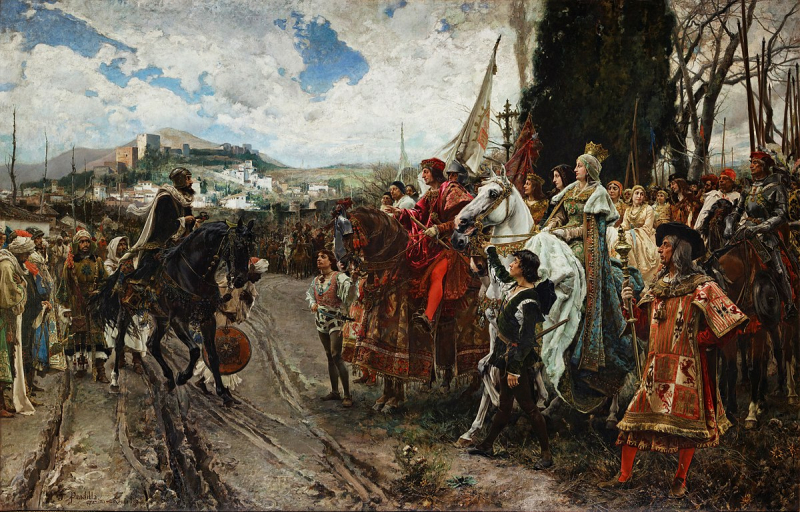
foreignaffairs.com 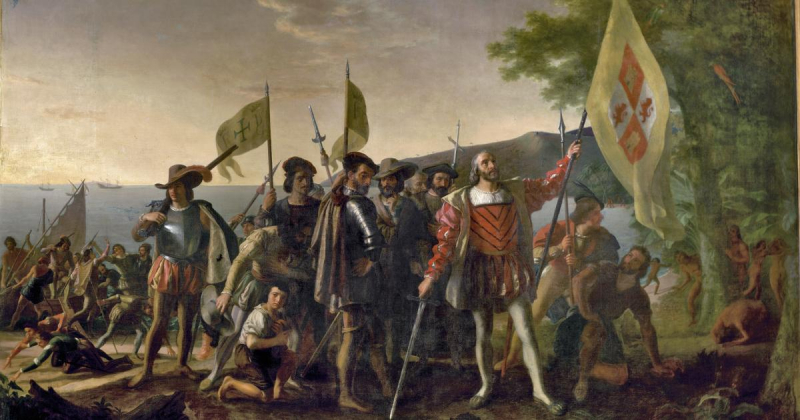
foreignaffairs.com -
While picking the worst year of the Second World Conflict would be extremely wrong - no year from the largest, most devastating global war people have ever seen could be termed 'better' than any other - 1943 was, without a question, when some of the war's worst events occurred.
For one thing, it was the height of the Holocaust. By the conclusion of the spring of that year, the genocide had claimed the lives of around 1.3 million Jewish inmates from Nazi-held area, albeit this figure also included a significant number of Romas (gypsies), partisans, and Soviet prisoners of war. It was also the year Josef Mengele, the most infamous of all Nazi scientists responsible for some of the most brutal experiments on prisoners, was appointed to Auschwitz, ushering in what was perhaps the deadliest era of the Holocaust.
Another lesser-known but equally deadly catastrophe was taking place on the other side of the planet in India. The Bengal famine of 1943 - caused by the British forces moving enormous amounts of food resources from the region to aid the war effort in the Eastern theater - caused the deaths of close to 3 million people in the state, making it one of the biggest humanitarian disasters of the whole war.
The year also marked the climax and peak of the Combat of Stalingrad, which was easily the greatest and bloodiest battle in human history in terms of sheer numbers, with over 2 million troops and 400,000 civilians killed by the end. While it was a watershed moment for the allied forces (they weren't actually 'winning' until this point), the human cost of this single fight was enormous for both Germany and the Soviet Empire.
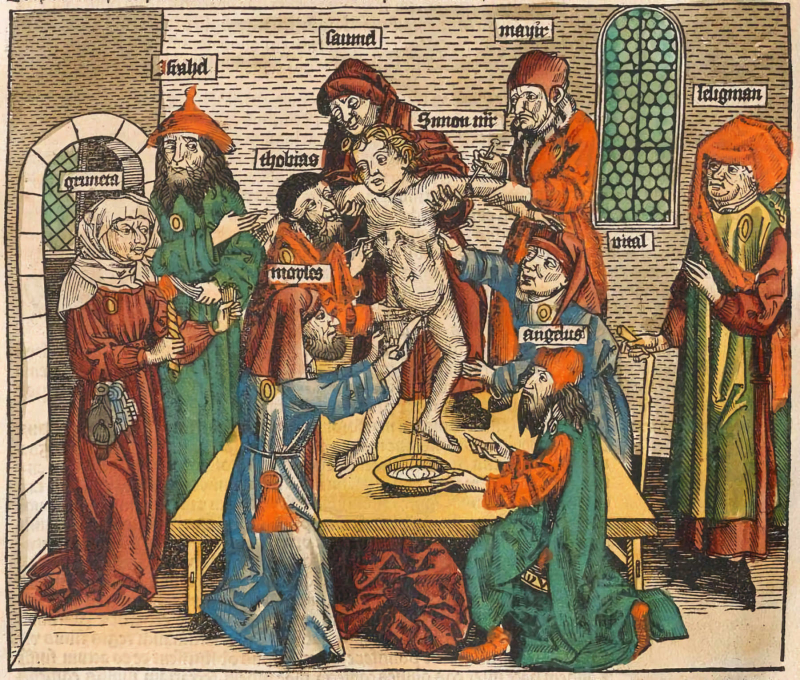
antisemitism.adl.org -
While it may be too early to say, and it may still fall short of most of the other worst years in history on this list, the year 2020 was unquestionably one of the worst in living memory. Because much of the world was trapped inside because to the Covid-19 epidemic - one of the worst pandemics in history - the year was marked by terrible lows that no one alive today has experienced. Worst of all? With a devastating recurrence of the virus occurring in several locations throughout the world right now, the ordeal may be far from over.
In terms of pure numbers, it's simple to argue that 2020 will be one of the worst years in history. To date, the outbreak has infected just about 160 million people worldwide, with over 3.2 million already dead. While they may not appear to be large numbers in light of today's global population and historically terrible pandemics such as the Black Death and Spanish Flu, keep in mind that the figures are still being tallied. People are still reporting around 14,000 deaths per day due to the outbreak, with particularly concerning data surfacing from nations such as Brazil and India at the time of writing.
In terms of economic impact, several experts, including the IMF, have already declared the pandemic-caused recession to be the worst since the Great Depression of the 1930s, with many nations experiencing a record drop in GDP not seen since the nineteenth century. The impact has been most severe in economies that rely heavily on global trade and finance. Thankfully, with the vaccination campaign in full swing in most parts of the world, this is expected to improve sooner rather than later.

fda.gov 
fda.gov -
1929 is one of the worst years in human history. In terms of market crashes, the 1929 Wall Street crash followed a pattern comparable to all major financial crises that have occurred before or subsequently. It was a textbook example of how global markets correct themselves, fueled by excessive speculation on market assets that simply did not reflect reality on the ground - particularly in the US - as well as an influx of cheap credit from financial institutions that allowed the bubble to grow ever larger until it collapsed.
What distinguishes it from other wrecks is the size of the wipeout and the magnitude of the effects that followed. The recession that followed was the greatest in history for the developed world, taking into consideration the size of the economy at the time. According to some estimates, unemployment rose to more than 20% in the years following the crisis, and GDP plummeted by more than 30% at its peak years, dwarfing the next largest recession in history - that of 2007-09 - by a wide margin.
The Great Depression, as it has come to be known in popular imagination, precipitated many of the worst events of the twentieth century, and that's before people even get into its direct consequences, such as mass deprivation and years of hardship faced by people in almost every industrialized economy around the world. The recession, combined with rapidly depleting resources in newly industrialized economies such as Germany and Japan, fueled the rise of extreme nationalistic and populist ideologies, paving the way for the Second World War's widespread destruction and suffering - the largest global military conflict in history.
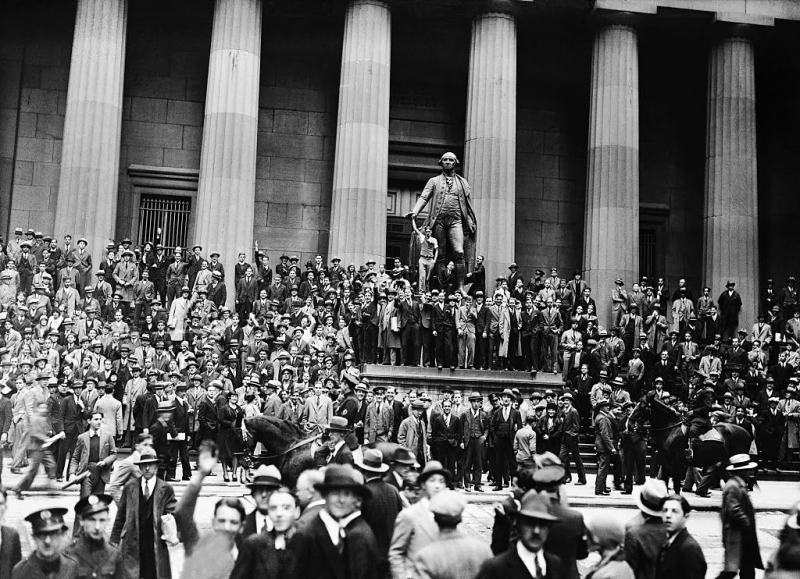
time.com -
The Spanish Flu of 1918 may not have been the deadliest epidemic in history, but when paired with the First World War and the social and political turmoil that followed, it was unquestionably the start of one of the worst periods in human history. While the actual figures will probably never be known, the plague is thought to have killed 50-100 million people worldwide, greatly exceeding the total death tolls of both world wars combined. It lasted 15 months and impacted nearly every major country at the time in three waves, each one deadlier than the previous.
The worst part was how quickly it spread; whereas the Black Death spread over decades in many isolated waves around the world, the Spanish Flu killed everything in 15 months. The pandemic coincided with one of the most catastrophic world conflicts in history, making the impacts far more severe than they would have been otherwise. It killed around 675,000 individuals out of a population of 105 million in the United States alone, over ten times the amount who perished in the conflict, and shortened average life expectancy by 10 to 12 years.
The year also marked the beginning of decades of instability for a large portion of the world, fueled in part by the pandemic's devastation and in part by events in Russia, where a popular and brutal rebellion had recently effectively overthrown the emperor. It sparked many anti-imperialist and anti-colonial civil wars all across the world, altering the world for years to come.
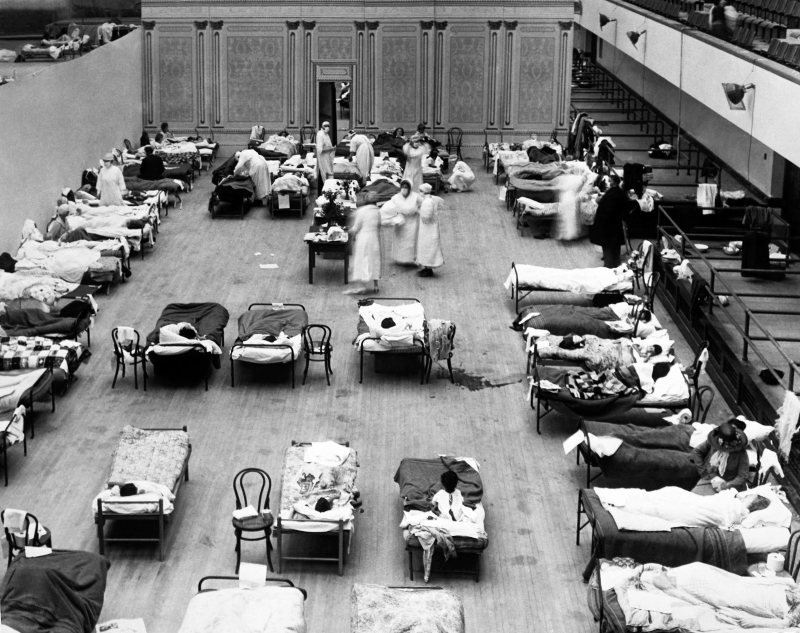
cdc.gov -
Choosing the worst year in history is a subjective endeavor, despite best efforts. Many of the years on this list could have been just one year in a long string of terrible luck, or even decades in some cases. But, according to Michael McCormick, a Harvard historian specialized in medieval history, people have a single, conclusive answer to the question "what was the worst year in history": 536.
It was the start of a strange fog that engulfed Europe, the Middle East, and significant sections of Asia for an entire 18-month period, causing an almost constant darkening of the sun. Temperatures dropped by much to 2.5 degrees Celsius, ushering in the coldest decade in at least 2,300 years. Summer frost and snow in areas of China and other parts of Asia caused abysmally poor yields and infections, as well as widespread famine in European regions such as Ireland.
As if that weren't enough, a few years later, in 541, whole portions of Europe were struck by the Plague of Justinian, a bubonic plague outbreak named after the Byzantine ruler at the time. One of the deadliest plagues in history, which was made worse by the ongoing Gothic war, the pandemic would end up claiming the lives of over 100 million people across the empire.
While people may never know the exact causes of this period of severe sickness, conflict, and famine, current study shows that a large volcano eruption in Iceland could have been one of the culprits. Whatever the reason, the year 536 would go down in history as the start of one of humanity's darkest periods, and it would be centuries before the worst-affected areas could entirely recover.
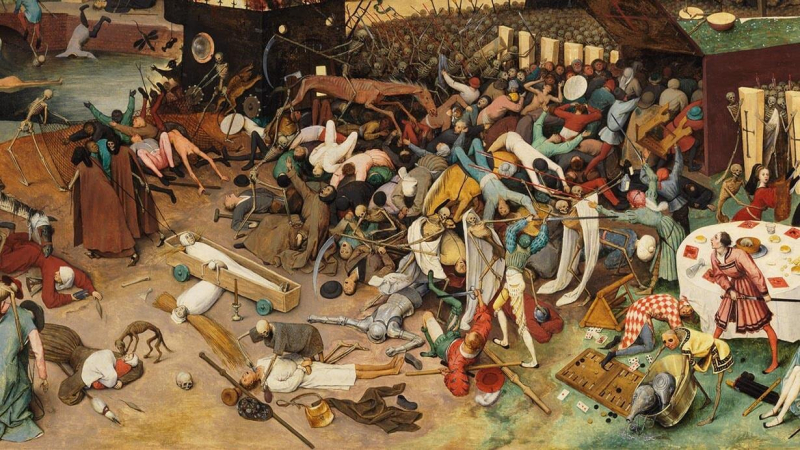
history.co.uk -
It's impossible to pinpoint the specific factors of why the year 1600 marked the start of one of the worst periods in human history because there are so little historical documents from that period to go on. It was the Little Ice Age, which began in 1600 with the eruption of the volcano Huaynaputina in Peru, while current research points to a major population decline following the arrival of Europeans in the New World as another possible explanation. It caused unusually cold weather in numerous parts of the world, including China, Korea, Japan, practically all of Europe, and parts of Africa and the Americas. Unlike many of the other periods on this list, this one spanned practically the whole known world and lasted decades, producing massive societal upheaval and suffering.
This worldwide temperature drop would serve as the foundation for all of the world's catastrophic events in the 17th century. It resulted in a severe drop in summer temperatures in China, causing widespread crop failure and illnesses throughout the country. This would eventually lead to the Ming dynasty's demise in 1644 as a result of a peasant insurrection spurred in large part by widespread food scarcity and social unrest. The similar thing occurred in other places of Asia. In 1670, for example, a drought killed 20% of Korea's population.
There were frosts in Europe during the summer months virtually the entire century, resulting in rebellions, infectious disease outbreaks, and famine, which eventually translated into war and societal upheaval not witnessed in the relatively wealthy years of the previous several decades. According to some records, civil conflict and famine in Ireland claimed over 500,000 lives over the course of about a decade in the 1650s.
This was also the century of Europe's Thirty Years' War, one of the most terrible religious confrontations in human history, which was directly fueled by the starvation and extreme temperatures of the ice age. While there are too many long-term repercussions to list here, estimates imply that the diseases, conflicts, famines, and civil wars produced by this global cooling event killed roughly one-third of the known global population at the time.
-
The year 1816, sometimes known as the 'year without a summer,' may not be much in comparison to the who's who of awful times on the rest of this list, but it was nonetheless horrible enough to merit a spot here. While some study points to Mount Tambora's 1815 eruption - the greatest volcanic explosion on the world in the last 10,000 years - as the key cause, records reveal that the weather had already begun to drop by the beginning of 1815.
People may never know what caused it, but people do know that the world average temperature dropped by about two degrees. It triggered a slew of unrelated occurrences across North America and Europe. Crop failure caused by the cooling prompted the majority of farmers in New England to go west, thus changing the country's demographic. In Europe, the unusually cold summer caused widespread crop failure, culminating in hunger and one of the deadliest typhus outbreaks in history. There were isolated occurrences of rebellions and food riots in other European countries as well, though mercifully they did not endure long. The year's dark and gloomy aura has since been memorialized in a number of literary works. For example, the setting of Mary Shelley's Frankenstein was directly inspired by the dark and gloomy skies she saw during her vacation in Switzerland at the time.
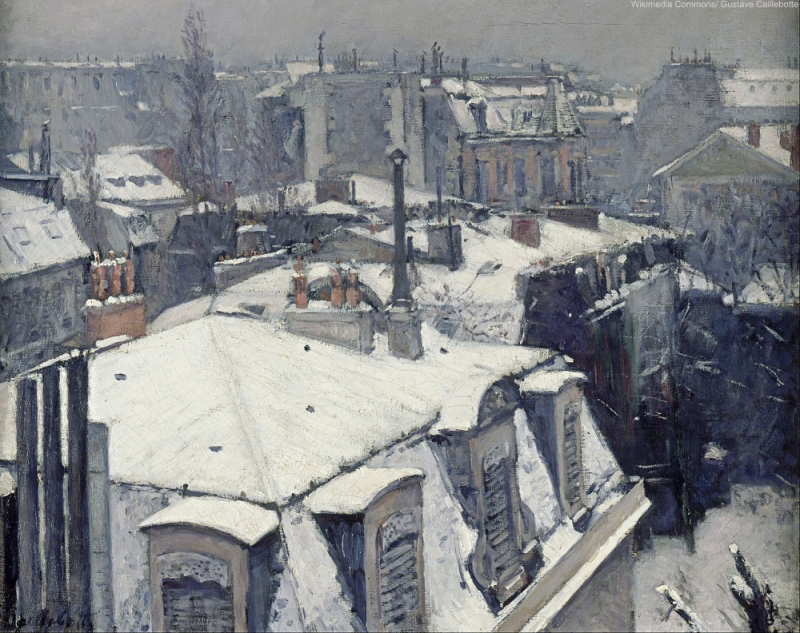
dustyoldthing.com -
Most historians tallying down the worst moments in human history may have overlooked 1315 because it was not a global event, but for everyone living in Europe, it was truly one of the worst times to be alive. It was the start of what was possibly the biggest famine in European history in terms of population affected, driven by torrential, almost biblical rains and floods across the continent that severely hampered food production and transportation. It was exacerbated by the continent's recent population growth, as output levels were already falling well short of what was required to feed the amount of people who relied primarily on farming for survival.
While the famine affected most of Europe, the harshest consequences were felt in what is today the United Kingdom, France, and Germany. While estimates differ, records indicate that the famine directly affected anywhere from 10% to 25% of the continent's population. The famine also brought isolated-yet-devastating outbreaks of diseases to rural areas, with 10% - 15% of the population succumbing to diseases caused by extreme starvation and frailty, such as pneumonia, bronchitis, and tuberculosis. While nothing compared to the devastation inflicted by the Black Death only 30 years later - which people will (obviously) discuss shortly - it was nonetheless one of the biggest population declines in European history, making the 1400s an extremely bad century for its inhabitants.
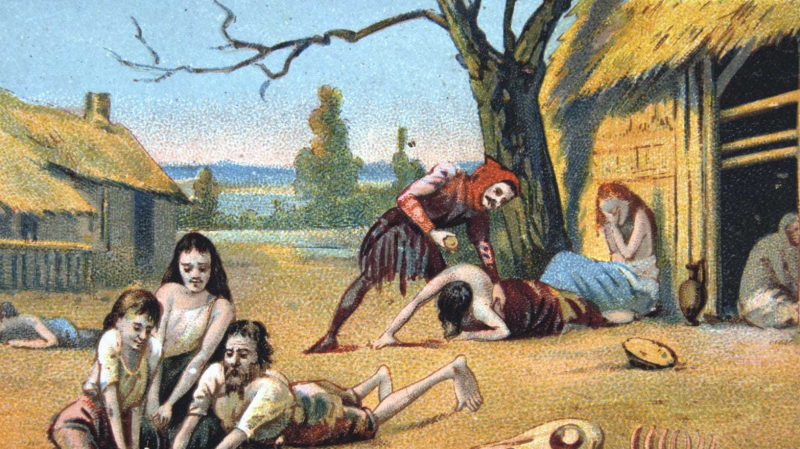
thedailybeast.com












